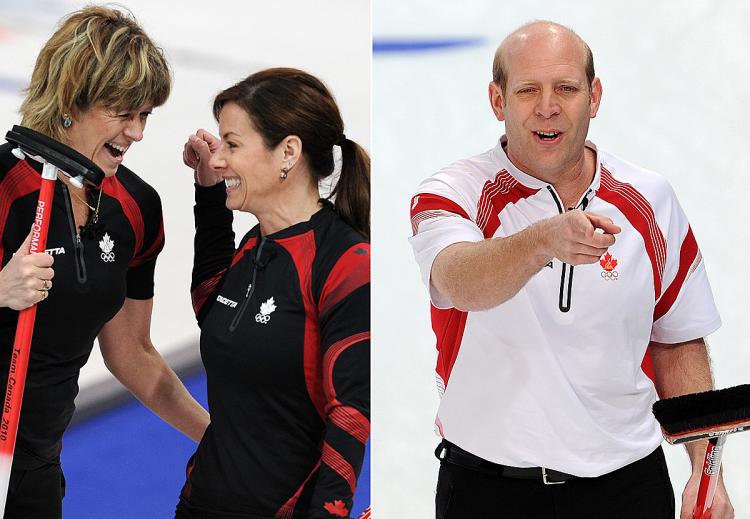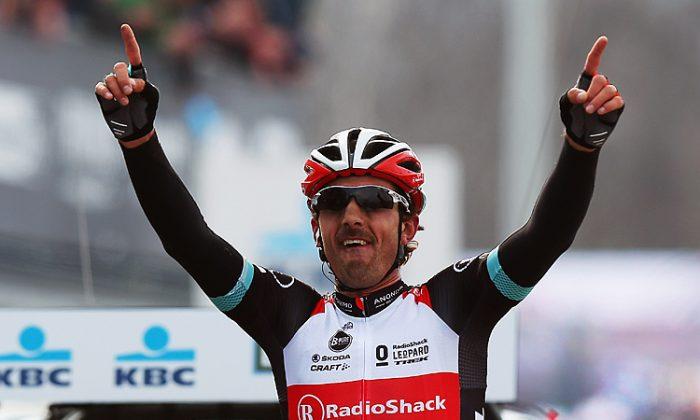Canada’s curlers will try to bring home the gold for their country in the men’s and women’s Olympic curling finals, after the men’s team defeated Sweden 6–3 and the women’s team triumphed over Switzerland 6–5 in their respective semifinals on Thursday.
The women had a tough, tight match against Switzerland, which went down to the final rock of the final end. Both teams came out making a lot of errors, but late in the game when it really mattered, both teams settled down and started throwing one amazing shot after another.
Finally, Switzerland’s skip Mirjam Ott was left with an almost impossible shot. She had to pass one stone with an inch to spare, and then knock out two Canadian rocks. She squeezed her way through, hit the Canadian rocks, but had too much speed and rolled a few inches too far, giving the game to Canada.
The men’s game was entirely different. The Canadians broke the game open with two points in both the fifth and sixth ends, going ahead 6–1. The Swedish team scored two more points but conceded in the 10th end when it became clear that they couldn’t outscore the unbeaten Canadians.
The women’s team, with its record of 8–1 will face 7–2 Sweden for the gold on Friday, while the men play 7–2 Norway on Saturday.
Canadian skip Cheryl Bernard was ecstatic to be playing for the gold on her home ice. “You couldn’t ask for anything more,” she NBC.
Canadian curler John Morris told NBC, “Curling and hockey to Canada are sort of like baseball and basketball to the States. The pressure is on to win the gold. We knew that pressure coming in and we expected it out of ourselves. So we are definitely gunning for that gold.”
Canada’s men will take on Norway and their women will tangle with Sweden for the golds.
Curling Basics
Curling is an old Scottish sport played on a long narrow strip of ice called a sheet. At each end of the sheet are three concentric circles 12, 8, and 4 feet in diameter, with a center ring a little over a foot across.
Two teams of four players each try so slide 42-pound round granite stones from one end to the other, a distance of a little over 90 feet, to land as close to the center circle as possible.
While one player slides or “throws” the stone (sometimes called the rock), the other three sweep the ice ahead of the stone to make it slide farther. While throwing the stone the shooter spins it, which causes the rock to travel in a curved path, hence the name “curling.”
Curling is a game of precision and strategy, as teams try to set stones partway down the sheet as “guards” behind which other stones can be hidden, planning several shots ahead where they will leave rocks, when they will knock out opponents’ rocks, and when they will place their own rocks in the scoring rings, called the “house,” so that their opponents cannot knock them out.
The game is divided into 10 rounds, called “ends,” of eight rocks each, two for each team member. The last rock in each end is called “the hammer.”
Having the hammer is a huge advantage, as it cannot be knocked out by the other team, since it is the last rock. The team with the hammer wants to score at least two points; if it can’t, that team will use the last rock in an attempt to knock out any of the opponent’s scoring rocks, leaving the house empty and keeping the hammer for the next end. This is called a “blank.”






